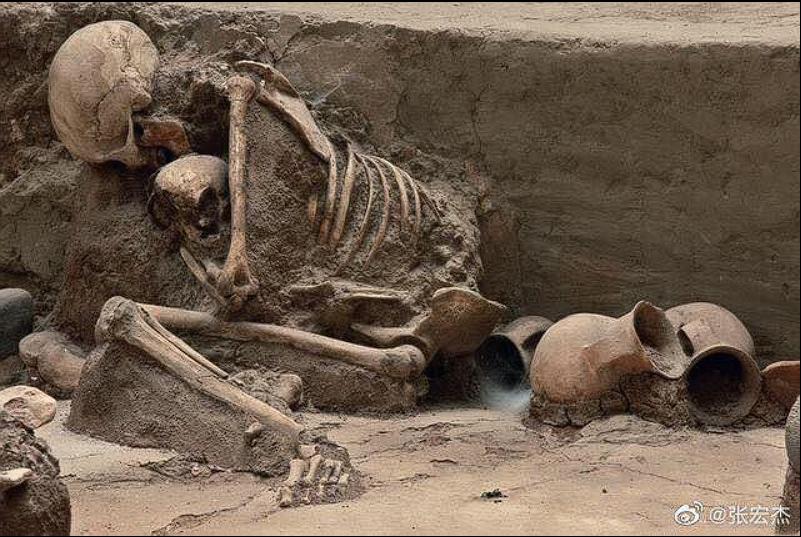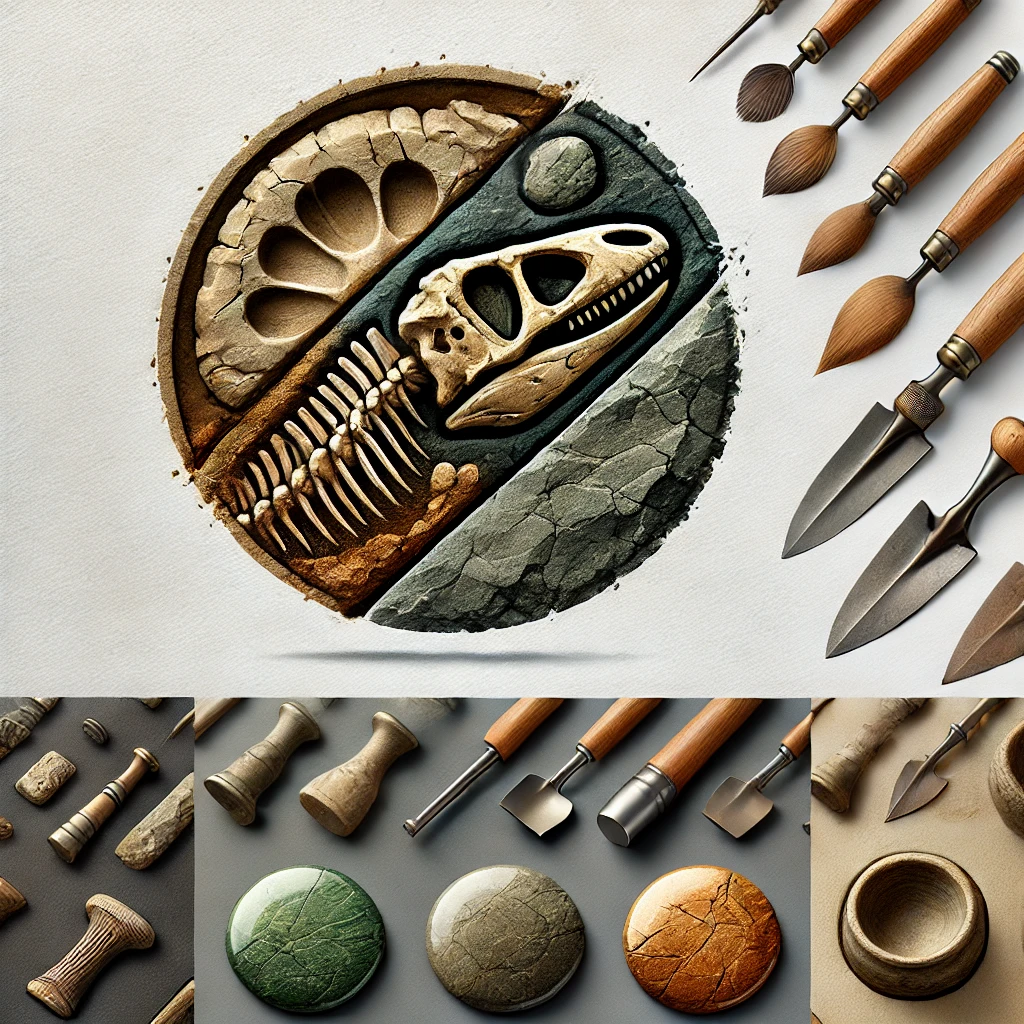The Lajia Ruins: Unveiling China’s Pompeii and a 4,000-Year-Old Embrace
In the heart of northwest China’s Qinghai Province lies a site that whispers tales from millennia past. The Lajia Ruins, often dubbed “China’s Pompeii,” , bear silent testimony to a civilization abruptly halted by nature’s fury around 2000 BCE. Among the most haunting discoveries is the skeletal embrace of an adult and child, frozen in time—a poignant reminder of love and sacrifice.
The Catastrophe That Created China’s Pompeii
A Sudden and Devastating Earthquake
Around 4,000 years ago, a massive earthquake struck the Lajia settlement, causing widespread destruction. The tremors led to the collapse of structures, trapping inhabitants beneath. This sudden disaster parallels the tragic fate of Pompeii, where volcanic ash preserved a moment in time.
Subsequent Flooding and Mudslides
The earthquake’s aftermath was compounded by catastrophic floods and mudslides, likely triggered by the seismic activity. These natural calamities buried the settlement under layers of sediment, preserving it for millennia.
Preservation Through Tragedy
The combination of earthquake and flood created anaerobic conditions, ideal for the preservation of organic materials. This unique preservation offers archaeologists a rare glimpse into the daily lives and sudden demise of an ancient community.
The Heart-Wrenching Discovery at Lajia Ruins
The Embrace That Transcended Time
Among the most evocative findings is the skeletal remains of an adult cradling a child, their bodies locked in a final embrace. This intimate moment captures the instinctual drive to protect loved ones, even in the face of imminent death.
A Glimpse into Ancient Humanity
This discovery offers more than archaeological data; it provides a deeply human connection across millennia. The protective posture of the adult suggests a selfless act of love, resonating with modern sensibilities and familial bonds.
Public Display and Reflection
Today, these remains are exhibited at the Lajia Ruins Museum, allowing visitors to reflect on the universality of human emotions and the fragility of life. The display serves as a powerful reminder of our shared humanity.
Lajia Ruins: A Window into the Qijia Culture
Agricultural Practices and Diet
The inhabitants of Lajia were part of the Qijia culture, known for millet cultivation and livestock rearing. The discovery of the world’s oldest noodles at the site , made from millet, highlights their dietary practices and agricultural ingenuity.
Artistic and Technological Achievements
Artifacts such as high-fired pottery and jade ornaments reveal a society with advanced craftsmanship. The presence of proto-porcelain items indicates early experimentation with ceramic technologies.
Social Structure and Rituals
Burial sites and ritual objects suggest a community with complex social hierarchies and spiritual beliefs. The use of oracle bones points to divination practices, offering insights into their worldview and decision-making processes.
The Legacy of China’s Pompeii
Insights into Ancient Disasters
The Lajia Ruins provide invaluable information on how ancient societies responded to natural disasters. Studying the site’s stratigraphy and remains helps researchers understand the impact of environmental catastrophes on human settlements.
Cultural Continuity and Change
Analyzing the artifacts and human remains offers perspectives on cultural continuity, adaptation, and transformation over time. The findings contribute to broader discussions on human resilience and societal evolution.
Educational and Memorial Significance
Beyond academic research, the site serves as an educational resource and a memorial to those who perished. It fosters public engagement with history and encourages reflection on the enduring nature of human compassion.
Conclusion
The Lajia Ruins stand as a silent chronicle of a civilization’s abrupt end and the timeless nature of human love and sacrifice. The preserved embrace of an adult and child transcends time, reminding us of our shared humanity and the enduring bonds that define us. As we uncover the layers of this ancient tragedy, we not only learn about the past but also gain insights into the resilience and compassion that continue to shape our world.

CÁC TIN KHÁC
Venus de Losange: Unveiling the Mystery of a 20,000-Year-Old Paleolithic Icon
The Darien Chest: Scotland’s Lost Dream of Empire
The Birth of Yerevan: King Argishti’s Legacy Etched in Stone
Uncovering Vienna’s Roman Battlefield: The Simmering Mass Grave Discovery